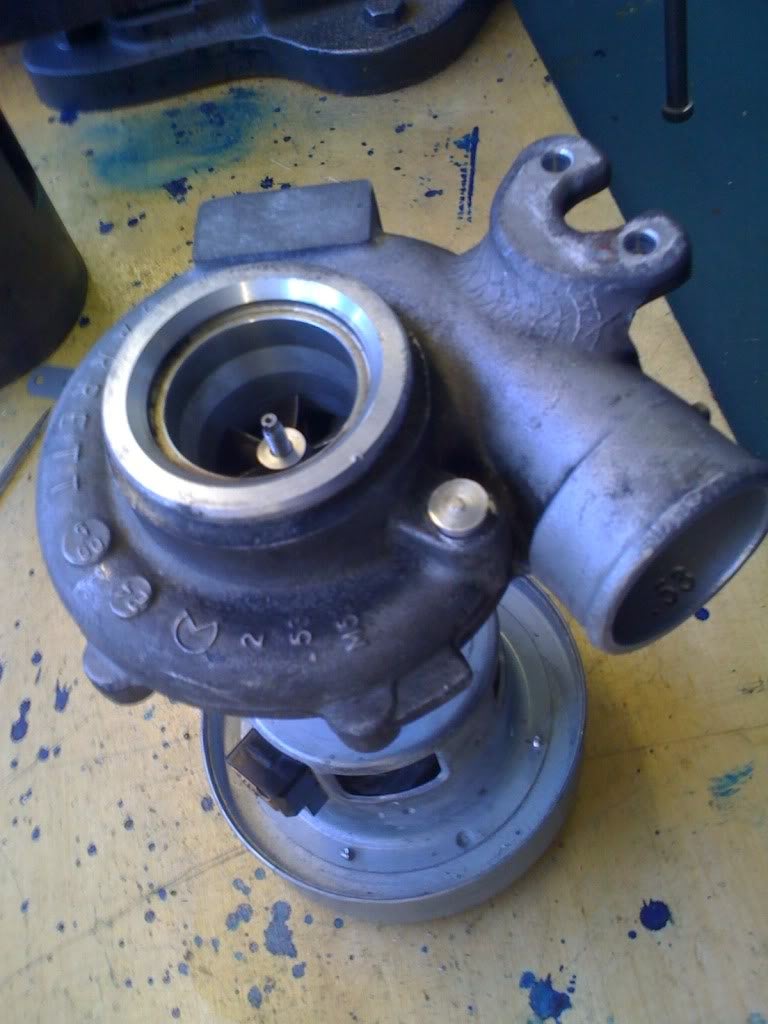 "You can tell a Finn but you can't tell him much" (youcantellafinn)
"You can tell a Finn but you can't tell him much" (youcantellafinn)
03/25/2015 at 16:05 • Filed to: physics, slomo guys
 3
3
 11
11
 "You can tell a Finn but you can't tell him much" (youcantellafinn)
"You can tell a Finn but you can't tell him much" (youcantellafinn)
03/25/2015 at 16:05 • Filed to: physics, slomo guys |  3 3
|  11 11 |
Very cool super slo-motion video of a CD being spun until its burst speed. The standing wave that forms shortly before it bursts is pretty cool. Crack propagation occurs at a crazy fast rate too.
 ttyymmnn
> You can tell a Finn but you can't tell him much
ttyymmnn
> You can tell a Finn but you can't tell him much
03/25/2015 at 16:22 |
|
That's pretty amazing. What are they putting it on that spins that damned fast?
 You can tell a Finn but you can't tell him much
> ttyymmnn
You can tell a Finn but you can't tell him much
> ttyymmnn
03/25/2015 at 16:25 |
|
A vacuum cleaner motor. I think he said it was out of a Dyson.
 ttyymmnn
> You can tell a Finn but you can't tell him much
ttyymmnn
> You can tell a Finn but you can't tell him much
03/25/2015 at 16:31 |
|
Thanks. I skipped ahead to the interesting bits. Really wild.
 Dingers Ghost, Champion Jockey
> You can tell a Finn but you can't tell him much
Dingers Ghost, Champion Jockey
> You can tell a Finn but you can't tell him much
03/25/2015 at 16:53 |
|
So they can spin up to 23k RPM.
But they'll skip anytime I hit a pothole.
 You can tell a Finn but you can't tell him much
> ttyymmnn
You can tell a Finn but you can't tell him much
> ttyymmnn
03/25/2015 at 17:06 |
|
notice how the disc was spinning faster than the standing wave at the end?
 ttyymmnn
> You can tell a Finn but you can't tell him much
ttyymmnn
> You can tell a Finn but you can't tell him much
03/25/2015 at 17:13 |
|
I didn't, but that's pretty wild. I was blown away by how distorted it got before it blew.
 Leon711
> You can tell a Finn but you can't tell him much
Leon711
> You can tell a Finn but you can't tell him much
03/26/2015 at 11:12 |
|
Dyson Motors are beasts. Here's one I mated to a turbo.

 You can tell a Finn but you can't tell him much
> Leon711
You can tell a Finn but you can't tell him much
> Leon711
03/26/2015 at 13:29 |
|
For the lulz or did this get used in a project?
 Leon711
> You can tell a Finn but you can't tell him much
Leon711
> You can tell a Finn but you can't tell him much
03/26/2015 at 14:59 |
|
I'll conceived first year university project, never fitted to engine but ran up a few times. Eventually ripped itself apart. I was laughed at for attempting an electric turbo, then 6 months later BMW introduced the triple turbo (1 electric turbo) diesel.
 You can tell a Finn but you can't tell him much
> Leon711
You can tell a Finn but you can't tell him much
> Leon711
03/26/2015 at 15:02 |
|
How fast could the Dyson motor spin the turbo, and was it simply to give the turbo a head start or did that replace the exhaust side?
 Leon711
> You can tell a Finn but you can't tell him much
Leon711
> You can tell a Finn but you can't tell him much
03/26/2015 at 18:56 |
|
the dyson was rated for over 100k rpm but with the additional weight of the impeller it was likely much less. it was intended to replace the exhaust side. All I intended to do at the time was show that an electric turbo could be done. Ideally a custom motor would be best because the dyson ran off 240 volts not 12 or 24v. I reasoned that it could be cheaply put on an existing na engine for use in high altitude or to reduce lag on an existing turbo system if added.